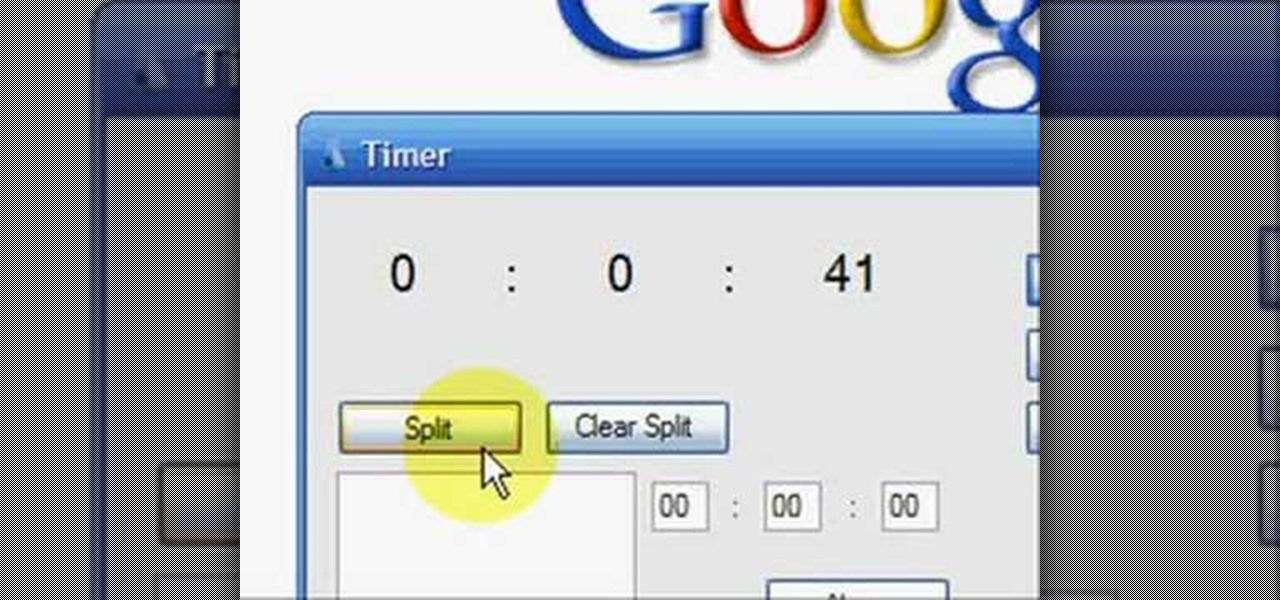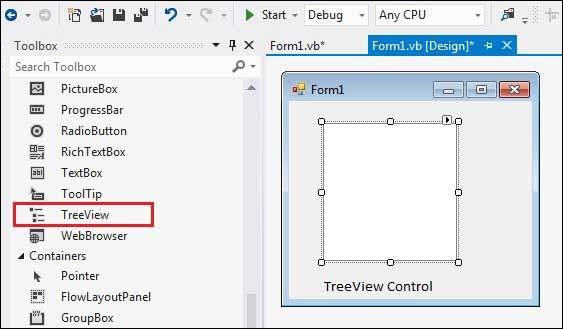

- #Visual basic net timer code#
- #Visual basic net timer Pc#
- #Visual basic net timer plus#
- #Visual basic net timer free#
- #Visual basic net timer windows#
Elapsed time between clicking on start and clicking on stop is displayed in the text box. The elapsed time since midnight is stored when the start button is clicked and again when the stop button is clicked. If working late at night, remember that your results will be affected if midnight strikes during a timing experiment!īelow is a simple example of using Timer.
#Visual basic net timer Pc#
Before using this function, check, and if necessary set, the system time on your PC (this is done by typing time at the DOS prompt). This returns the number of seconds that have elapsed since 12 midnight.
#Visual basic net timer plus#
If timings accurate to plus or minus 1 second are satisfactory the Timer function can be used. Visual Basic provides several time-related facilities. Close down all applications other than your program. One thing to make sure of when trying to take measurements, is that no other processes are running. (new Basic is not an ideal environment in which to do accurate timing. += new System.EventHandler(this.button4_Click) += new System.EventHandler(this.button3_Click) += new System.EventHandler(this.button2_Click)

+= new System.EventHandler(this.button1_Click)
#Visual basic net timer code#
/ the contents of this method with the code editor. / Required method for Designer support - do not modify
#Visual basic net timer windows#
#region Windows Form Designer generated code Protected override void Dispose( bool disposing ) TODO: Add any constructor code after InitializeComponent call Required for Windows Form Designer support Thread th = new Thread(new ThreadStart(Threads.MyWorkerThread) ) Here is a really bad example of what I was talking about. Only in that a GUI App is event driven - for almost all GUI programs, you never really get into a state where you need to use sleep(). What is wrong with a GUI app that pauses a set period of time? Am I missing something? Then, every two seconds it will call "OnTimer", you can put your code in that, and when it's finished you don't need to tell it to sleep or loop, it will start again at the next timer tick, and in the meantime it will still be responsive and wont take any CPU time. Then a far nicer way is to put a Timer into your program, and set the timer to trigger every 2 seconds. I don't know what code you are writing, but if you have to do Then the user clicks the button, the code in "Button1_OnClick" starts running, when the code finished, then the program goes back to 'doing nothing'.

The point is, until the user clicks the button, nothing is happening.

You might write some code for "Form_Load", which runs when the program is started. You write code for "Button1_OnClick", which runs when the user clicks on the button. So your simple program might load and display a button. You scroll, it moves all the text up a line, displays the next line, then stops.Įverything is an event - keypresses, mouse movements, button clicks, minimize, drag-and-drop, etc. You right click, it brings up a popup menu. You press a key, it prints the character to the screen, moves the cursor, and goes back to doing nothing. Say you start Notepad, it loads and then sits there, doing nothing. (Forgive me if this is a crappy explanation, I'm not trying to be patronising!)Ī GUI app is 'event driven', which means it does nothing until an event happens. How do I "just don't do anything" for a set period of time if I don't use a. (I'm just a self-taught programer that hasn't had formal education in any language more modern than Fortran and Pascall.) Maybe I am missing something that CS majors know by heart, but I am just a humble Aerospace Engineer by degree, and we didn't study wait states in class. [Edit - What Catfish said - View image here: - ) So.was that anything close to what you want? Let us know if you want further help. You've cunningly attached the Elapsed event to this function:
#Visual basic net timer free#
Windows is free to do whatever it wants, your application will continue to respond, and so on. The button's text is changed, then the timer interval is set to 1000ms, and it's started off. So, that function will be called when the button is clicked. So, let's say you want to click a button, do something, then wait 1 second before you next do something. Now, you can set Timer.Enabled to TRUE to start it off. So, if you create a function 'Wakeup', and place it in your Elapsed event, Wakeup will be called every 250ms (or whatever the timer is set to).ĭon't want the timer to be permanently repeating? Turn off the Timer.AutoReset. The Timer has an event - 'Elapsed' - which is fired whenever the timer runs out. I don't do VB.NET, but it seems to mirror C# in a lot of the general processes, so let's try this: Depends a lot on what you're trying to do, but here's one solution.


 0 kommentar(er)
0 kommentar(er)
